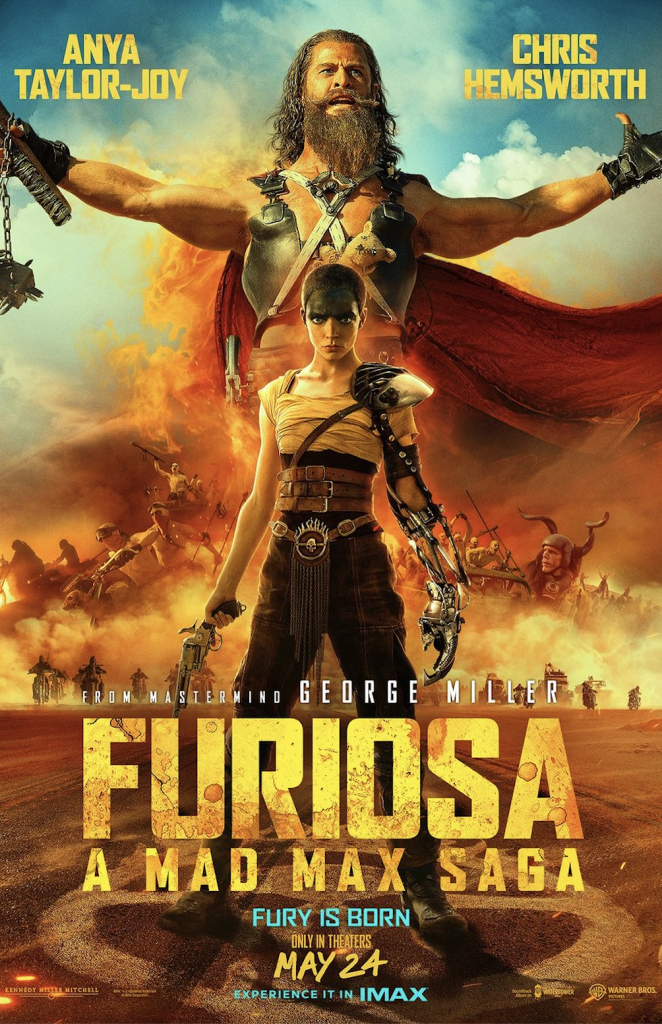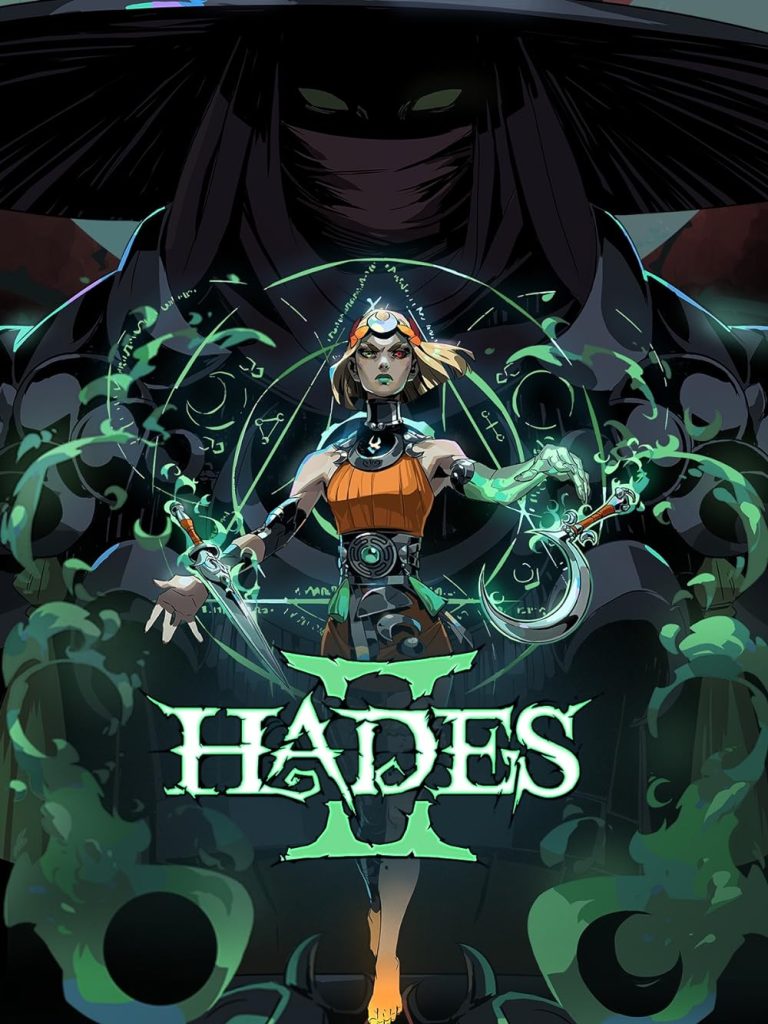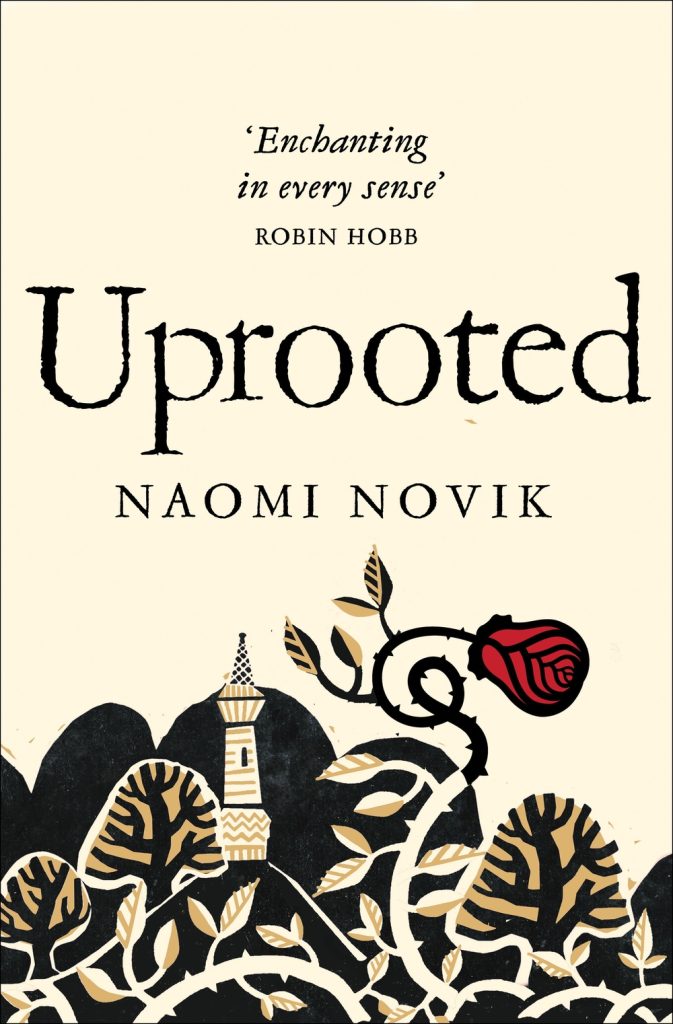Furiosa
By Fred Azeredo

Furiosa could so easily have coasted on the enormous affection we all share for its predecessor, the era-defining Mad Max: Fury Road. It could have been little more than a parade of winks and nods, peppered with a few token bravura moments to remind us of the original and prompt an umpteenth rewatch. In short, it could have been a Solo or Fantastic Beasts. But George Miller is not a creature of today’s profit-driven, franchise-minded Hollywood studio system. The 79-year-old Australian filmmaker has always followed his own path, filming the original Mad Max with junkyard cars in Melbourne while simultaneously attending med school. Miraculously, he remains just as fiercely uncompromising today. Love it or hate it, Furiosa is its own new, unhinged, bizarre thing—the furthest thing possible from an algorithm-generated prequel.
And I love it for that.
Not all the film’s big swings quite land, it’s true. Tom Burke’s Praetorian Jack, who fills the role of Furiosa’s mentor-slash-kinda-love-interest, is badass enough, but tying this iconic female action hero’s origin so closely to a man feels like a miscalculation. There’s also a little too much obvious CGI for my liking; the hypnotic appeal of Fury Road rested greatly on the knowledge that all the vehicular lunacy we were seeing was really, actually happening. But even so, Furiosa boasts a few unmistakably practical action sequences that rival or even surpass Fury Road’s main set pieces. A showstopping aerial attack on the Immortan’s War Rig, involving a very novel offensive application for paragliding, springs to mind. And all of it looks like nothing else you’ll see on an IMAX screen. Miller and his editor Margaret Sixel bring a gonzo visual sensibility to the whole thing that’s closer to a Tex Avery cartoon than a Hollywood blockbuster.
It feels criminal to wrap this up without mentioning Chris Hemsworth, playing wildly against type as the bike-chariot-riding baddie Dr. Dementus. Adorned with an awesome cape and the dodgiest prosthetic nose since Bradley Cooper’s, he devours the scenery whenever he’s onscreen—then spits it out and devours it all over again. As for Anya Taylor-Joy, she admirably fills Charlize Theron’s shoes (despite looking nothing like her) while making this younger Furiosa appropriately rawer and rougher around the edges. Even more impressively, she does all that while mostly mute and covered in axle grease.
Praise the V8, Miller’s done it again.
Hades II
Par Kai Ming Wang

Supergiant Games, le studio à l’origine du populaire Hades, lauréat du prix Hugo, nous invite à revisiter l’univers de ce jeu avec une toute nouvelle entrée dans la série. Ce nouvel opus propose une formule légèrement retravaillée, mais conserve tout le plaisir que nous avons connu avec son prédécesseur.
Arrive donc Hades II qui, cette fois-ci, se concentre sur Mélinoé, princesse des Enfers et sœur de Zagreus, protagoniste du premier opus. Dans cette nouvelle aventure, Mélinoé part en quête pour sauver son père Hadès, qui, ironiquement, était l’antagoniste du premier jeu. Armée d’armes davantage centrées sur les sorts, cette jeune sorcière offre au joueur une toute nouvelle façon de combattre, contrastant fortement avec celle de Zagreus, qui tend à se frayer un chemin par la force brute.
Les joueurs vétérans reconnaîtront sûrement certains aspects du premier jeu qui demeurent inchangés, mais qui ont certainement bénéficié d’améliorations substantielles. En effet, la série roguelike revient avec des biomes encore plus élaborés et expansifs, peuplés de nouveaux monstres et de boss confrontant le joueur alors qu’il essaie de se rendre, sans mourir, au tout dernier niveau. L’univers de la série — grandement inspiré de la Grèce antique et de sa mythologie, et qui constituait l’un des points forts du premier jeu — revient avec une nouvelle intrigue et de nouveaux personnages splendidement dessinés. Bien sûr, comme à l’habitude, la série se montre plutôt réservée dans l’avancement de son intrigue, qui ne pourra se révéler dans son entièreté qu’après de nombreuses heures passées à conquérir les biomes et à vaincre les ennemis.
Il n’est pas difficile de comprendre pourquoi Supergiant Games a décidé de poursuivre la série avec Hades II, bien que le studio ne soit généralement pas enclin à faire des suites, comme le montrent ses publications antérieures. Peut-être voulait-il tirer profit du succès du premier Hades? Ou bien sentait-il que son univers avait encore beaucoup de choses à offrir? Quelle qu’en soit la raison, on ne peut guère reprocher au studio de nous avoir livré un successeur non seulement digne de ce nom, mais qui, par un tour de force, a réussi même à surpasser nos attentes.
Hades II est actuellement disponible en accès anticipé sur PC.
Uprooted
By Catherine Hall

Naomi Novik’s 2015 standalone novel Uprooted initially left me feeling conflicted. But it turns out that it only becomes richer upon a second read-through, as even the most seemingly inconsequential details enhance the story’s reflections on history and ecology and, crucially, complicate its relationship to the European fairy tale tradition.
Once every ten years, Sarkan—a foul-tempered wizard known as “Dragon”—arrives in a village to select a 17-year-old girl to take back to his tower, though no one knows why. Everyone is convinced that Dragon will pick the most beautiful girl in the village, but of course, he picks the plain and clumsy protagonist Agnieszka instead. From the opening chapters, the story seems simple enough: a modern fairy tale with clear Beauty and the Beast parallels about a girl learning to master her magical abilities. However, the novel quickly turns into so much more: Uprooted is a fast-paced story filled with political intrigue, a war between two kingdoms, and at the centre of it all, an epic struggle against the Wood, a gradually encroaching sentient forest with a dark and complicated history.
If it seems like this novel covers a lot—probably too much for 435 pages—it’s because it does. In an age when so many stories are needlessly stretched out, Uprooted suffers from the opposite problem by cramming at least two books’ worth of plot into one. Unfortunately, the whirlwind pace repeatedly overshadows the quieter character moments and causes some key revelations to feel rushed. However, the novel manages to overcome these flaws with its subtle subversion of fairy tale conventions, especially when it comes to the Wood. Indeed, the Wood is one of the most compelling antagonists I’ve encountered in contemporary fantasy, embodying ecofeminist concerns in such an evocative way that I read the novel again for this very reason.
Uprooted is surprisingly different from Naomi Novik’s other works and has unexpectedly become one of my favourites of hers. It’s a book that abounds with fantasy and fairy tale tropes, but just when you think you know what to expect, it subverts your expectations again and again. It’s a book that will take root in your mind and occupy your thoughts long after you reach the end.
